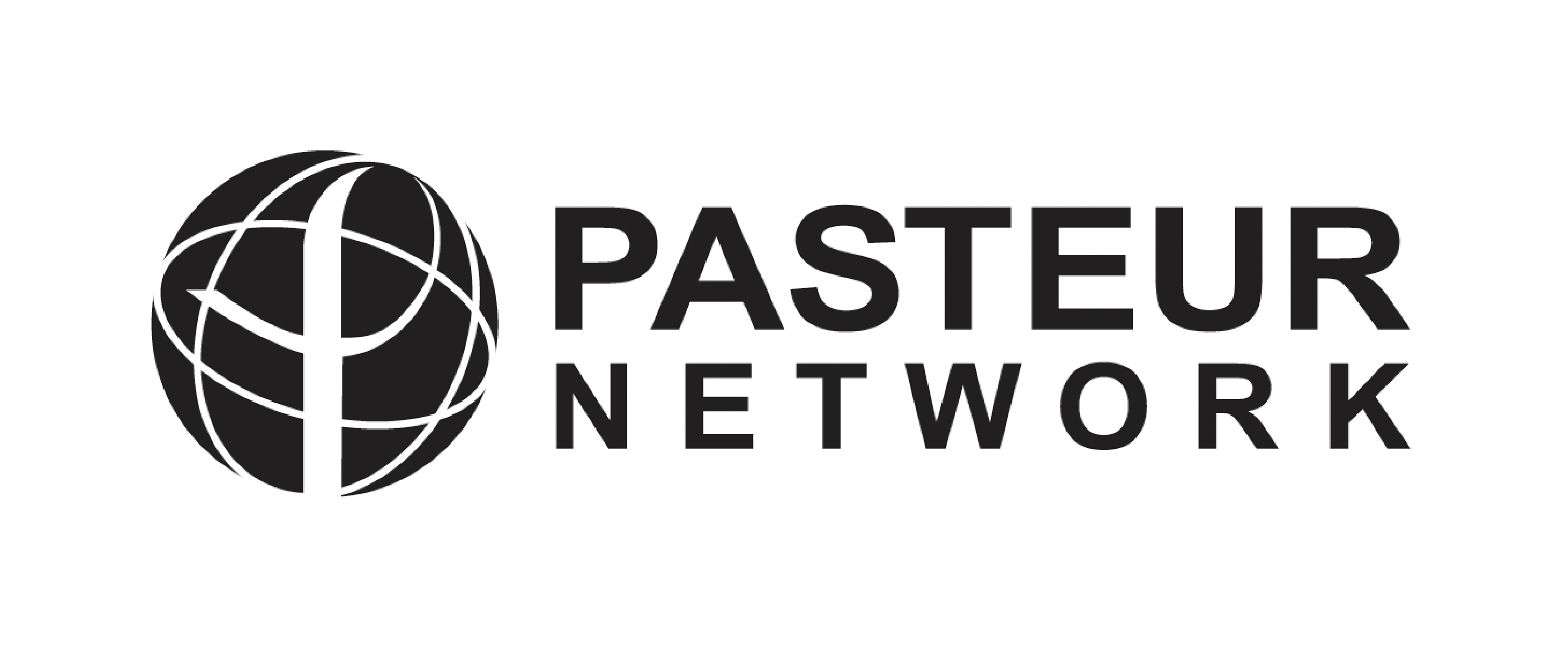Unraveling the genetic diversity and phylogeny of Leishmania RNA virus 1 strains of infected Leishmania isolates circulating in French Guiana
Résumé
Introduction
Leishmania RNA virus type 1 (LRV1) is an endosymbiont of some Leishmania (Vianna) species in South America. Presence of LRV1 in parasites exacerbates disease severity in animal models and humans, related to a disproportioned innate immune response, and is correlated with drug treatment failures in humans. Although the virus was identified decades ago, its genomic diversity has been overlooked until now.
Methodology/Principles findings
We subjected LRV1 strains from 19 L. (V.) guyanensis and one L. (V.) braziliensis isolates obtained from cutaneous leishmaniasis samples identified throughout French Guiana with next-generation sequencing and de novo sequence assembly. We generated and analyzed 24 unique LRV1 sequences over their full-length coding regions. Multiple alignment of these new sequences revealed variability (0.5%±23.5%) across the entire sequence except for highly conserved motifs within the 5' untranslated region. Phylogenetic analyses showed that viral genomes of L. (V.) guyanensis grouped into five distinct clusters. They further showed a species-dependent clustering between viral genomes of L. (V.) guyanensis and L. (V.) braziliensis, confirming a long-term co-evolutionary history. Noteworthy, we identified cases of multiple LRV1 infections in three of the 20 Leishmania isolates.
Conclusions/Significance
Here, we present the first-ever estimate of LRV1 genomic diversity that exists in Leishmania (V.) guyanensis parasites. Genetic characterization and phylogenetic analyses of these viruses has shed light on their evolutionary relationships. To our knowledge, this study is also the first to report cases of multiple LRV1 infections in some parasites. Finally, this work has made it possible to develop molecular tools for adequate identification and genotyping of LRV1 strains for diagnostic purposes. Given the suspected worsening role of LRV1 infection in the pathogenesis of human leishmaniasis, these data have a major impact from a clinical viewpoint and for the management of Leishmania-infected patients.
| Origine | Publication financée par une institution |
|---|
Loading...
